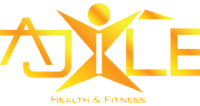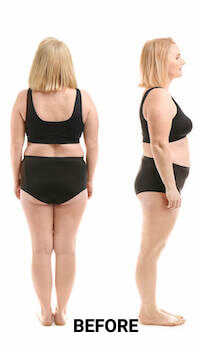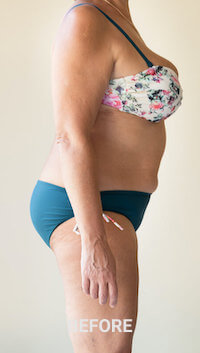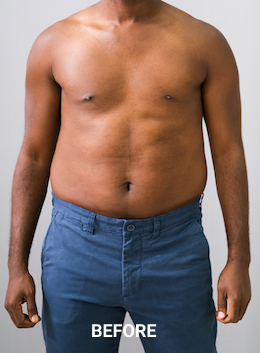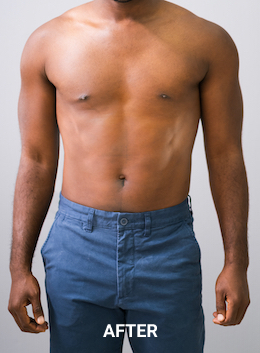Improving our quality of movement is something we can all benefit from- put simply, strength and conditioning is about improving movement, health and physical performance regardless of your athletic ability. The benefits of movement based fitness are vast and I use a range of techniques including plyometrics, speed and agility, mobility, core stability, endurance and weight training. Training, whether it be sports specific, or general strength training requires a thorough understanding of the individual, the sport in question and nutritional requirements. I cover all of the fundamental areas of training, helping clients to develop in the gym and within their given sport by adopting the correct nutritional approach and recovery protocols.
Proprioception is the awareness of movement and position in the body – through the correct exercises and balance work this can be improved to ultimately reduce the risk of injury. Any performance specific programme we put in place will look to improve the client’s performance over time. This improvement may be technical, physical, tactical or mental.
When working with clients on strength and conditioning, I aim to enhance general health through the combination of strength training, HIIT training, plyometrics and cardio conditioning that characterises strength and conditioning to increase cardiovascular health as well as muscular, skeletal and mental health.
There are some key principles I follow with clients during any strength and conditioning training regime:
- Principle of Individuality
Every individual is unique and will respond differently to the same training stimulus. Some of these differences can be influenced by many characteristics; biological age, training age, gender, body size and shape, past injuries and many more. On the basis of this, no two individuals can expect to achieve the exact same results from the same training program. - Principle of Specificity
Training adaptations for an individual will occur specifically to the muscle groups trained, the intensity of the exercise, the metabolic demands of the exercise, and/or specific movements and activities. In an attempt to perfect a specific skill or activity, you must perform that skill or activity with proper body mechanics to have correct technique. - Principle of Overload
In order for an individual to achieve a certain training adaptation, the body must be stressed by working against a stimulus or load that is greater than that to which it is accustomed. Overload, ensures improvement by challenging changes in resistance, terrain, movement complexity, and many others. - Principle of Progression
In order to achieve the desired training adaptations for a certain activity or skill consistently, the training stimulus must gradually and constantly increase. This implies that there is an optimal level and time frame for the overload to occur. If overload increases too quickly, poor technique, improper muscle firing patterns, and injury may result. If overload progresses too slowly, improvements will be minimal or non-existent. Rest and recovery must also be included in the progression, as training hard all the time could result in chronic fatigue, a decrease in performance and eventually injury. - Principle of Diminishing Returns
Performance gains are related to the level of training (training age) of each individual. Athletes that have never participated in a training program before can see huge initial performance gains in their program. On the other hand, athletes that have been lifting for several years will see smaller gains over longer periods of time. The key is to continue to show progress in the areas in which they have weaknesses. - Principle of Reversibility
When a training stimulus is taken away from an athlete for an extended period of time, they will not be able to maintain a certain level of performance. Over time, the gains that were achieved will return to the original level.
